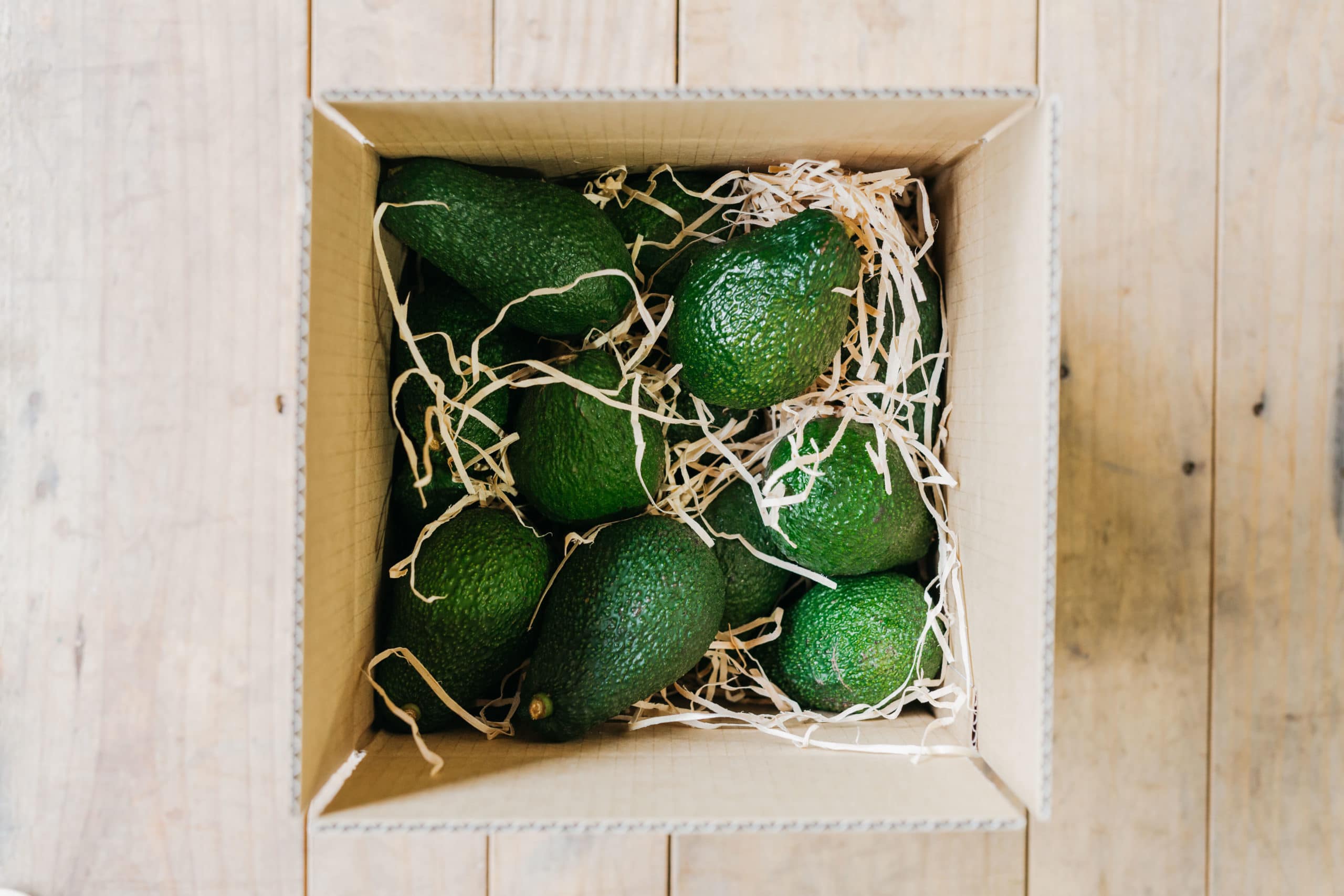

Articles
How To Store Avocados To Last Longer
Modified: February 23, 2024
Learn the best techniques for storing avocados to extend their shelf life. Get expert advice and tips in this informative article.
(Many of the links in this article redirect to a specific reviewed product. Your purchase of these products through affiliate links helps to generate commission for Storables.com, at no extra cost. Learn more)
Introduction
Avocados are a versatile and nutritious fruit that has gained immense popularity in recent years. Whether you enjoy them sliced in a salad, mashed into guacamole, or spread on toast, avocados are a delicious addition to any meal. However, one common challenge that avocado lovers face is how to store them properly to make them last longer.
When it comes to avocados, the key is understanding their unique ripening process and knowing the factors that affect their shelf life. By learning the proper techniques for storing avocados, you can ensure that they stay fresh and ripe for longer periods, allowing you to enjoy their creamy goodness whenever you please.
In this article, we will explore the reasons why it is crucial to store avocados properly and examine the various factors that can impact their ripening process. Additionally, we will provide you with some valuable tips for selecting ripe avocados, as well as different methods for storing them to extend their shelf life.
Whether you prefer to keep your avocados in the refrigerator or at room temperature, we will discuss the pros and cons of each method and give you some alternative approaches to make your avocados last even longer. Finally, we will cover how to tell if an avocado has gone bad and needs to be discarded.
So, if you want to maximize the lifespan of your avocados and say goodbye to wasted fruits, read on to discover the secrets of effective avocado storage.
Key Takeaways:
- Properly storing avocados is crucial to maximize their freshness, flavor, and shelf life. Understanding ripening factors and storage methods ensures ripe, delicious avocados whenever you desire.
- Recognizing signs of a bad avocado is essential for food safety. By selecting ripe avocados and employing proper storage techniques, you can enjoy their creamy goodness while minimizing food waste.
Read more: How To Store Peaches To Last Longer
Why is it important to store avocados properly?
Properly storing avocados is essential for several reasons. First and foremost, it helps to prolong their shelf life, allowing you to enjoy ripe avocados over a longer period. Avocados have a relatively short window of optimal ripeness, so knowing how to store them properly can prevent them from spoiling too quickly.
Another reason to store avocados properly is to maintain their quality and taste. Avocados are sensitive to changes in temperature and humidity, which can affect their texture and flavor. Improper storage can lead to avocados becoming overripe, mushy, or even developing a bitter taste.
Additionally, storing avocados properly can help prevent them from getting bruised or damaged. Avocados have delicate skins that can easily be punctured or crushed, leading to brown spots or spoilage. By following the correct storage methods, you can minimize physical damage and keep your avocados looking fresh and appetizing.
Proper storage also helps to minimize food waste. Avocados are often sold in larger quantities than needed for a single serving, which means you may have some leftover avocados. By storing them properly, you can extend their shelf life and reduce the likelihood of having to throw away unused portions.
Lastly, understanding how to store avocados properly allows you to plan your meals better. If you know that your avocados will stay fresh for a longer period, you can confidently incorporate them into your meal planning without worrying about their quality deteriorating. This helps to ensure that you can enjoy avocados at their peak when you’re ready to consume them.
Overall, proper avocado storage is crucial to maximize their lifespan, preserve their quality, and minimize food waste. By following the recommended storage methods, you can enjoy the full potential of this delicious fruit and make the most out of your avocado purchases.
Factors that affect avocado ripening
Avocado ripening is a delicate process that is influenced by several factors. Understanding these factors can help you better manage the ripening of your avocados and ensure that they reach their optimum ripeness at the right time.
1. Temperature: Temperature plays a significant role in avocado ripening. Avocados are sensitive to both extreme heat and cold. Higher temperatures can accelerate the ripening process, while cooler temperatures can slow it down. It’s important to store avocados at a temperature range of 60-70 degrees Fahrenheit (15-21 degrees Celsius) for optimal ripening.
2. Humidity: Avocados thrive in moderate humidity levels. High humidity can promote moisture retention, leading to faster spoilage and mold growth. On the other hand, low humidity can cause avocados to dry out and become shriveled. Aim for a humidity level of around 85-90% to maintain the ideal texture and prevent premature ripening.
3. Ethylene gas: Avocados produce ethylene gas, a natural plant hormone that speeds up the ripening process. When avocados are stored with other ethylene-producing fruits like bananas or apples, the ripening process can be accelerated. Alternatively, if you want to slow down the ripening process, keep avocados away from ethylene-producing fruits.
4. Handling and bruising: Avocados are delicate fruits and can easily get bruised or damaged during handling. Rough handling can lead to the development of brown spots and hasten the fruit’s ripening process. To minimize bruising, handle avocados gently, and avoid dropping or squeezing them.
5. Maturity at harvest: The maturity of an avocado at the time of harvest can impact its ripening process. Avocados that have been harvested too early may stay hard and fail to ripen properly. Conversely, overripe avocados may become mushy and deteriorate quickly. It’s essential to select avocados that were harvested at the right level of maturity for the best ripening results.
6. Variety: Different varieties of avocados have varying ripening characteristics. Some varieties like Hass avocados ripen relatively quickly and have a shorter shelf life, while others may take longer to mature. Be mindful of the specific variety of avocado you have and adjust your storage and handling accordingly.
By taking these factors into consideration, you can effectively manage the ripening process of your avocados and ensure that they reach the desired level of ripeness when you’re ready to enjoy them.
Tips for selecting ripe avocados
Choosing ripe avocados is essential to ensure that you enjoy their creamy texture and rich flavor. Here are some helpful tips to help you select avocados that are ready to eat:
1. Color: Check the color of the avocado skin. Most avocados, especially the popular Hass variety, are green when they are unripe and turn darker, almost black, when ripe. However, color alone is not a reliable indicator of ripeness. Look for avocados with a consistent color and avoid those with large patches of green as they may still be unripe.
2. Texture: Gently squeeze the avocado to assess its texture. A ripe avocado should yield slightly to gentle pressure but not feel too soft or mushy. Avoid avocados that feel overly firm or extremely soft, as they may be underripe or overripe, respectively.
3. Stem test: Peel back the small stem or cap at the top of the avocado. If the underlying flesh is green, the avocado is most likely underripe. If it is brown, the avocado may be overripe or even beginning to spoil. Look for an avocado with a light yellow or greenish color under the stem, indicating that it is ripe and ready to eat.
4. Size and weight: Larger avocados tend to have a higher oil content and can be creamier in texture. However, it’s important to choose an avocado size that suits your needs. Hold the avocado in your hand to gauge its weight. A ripe avocado should feel heavy for its size, indicating that it is full and likely ripe.
5. Time since harvest: If possible, try to find out when the avocados were harvested. Avocados generally take a few days to ripen after harvest. If you want an avocado that is ready to eat immediately, look for those with a shorter time between harvest and purchase.
Remember, if you can’t find ripe avocados at the store, you can opt for slightly underripe ones and allow them to ripen at home. Place them in a brown paper bag with a banana or apple, which will release ethylene gas and speed up the ripening process.
By following these tips, you can select ripe, flavorful avocados that are ready to be enjoyed in your favorite dishes. And don’t worry if you accidentally choose an underripe avocado – with the right storage and patience, it will reach perfect ripeness in no time!
Methods for storing avocados
There are a few different methods you can use to store avocados and extend their shelf life. The choice of method depends on how quickly you plan to use the avocados and your personal preference. Here are the most common methods for storing avocados:
1. Storing avocados in the refrigerator:
This method is best when you want to slow down the ripening process or if you have ripe avocados that you want to keep for a few more days. To store avocados in the refrigerator:
- Place the avocados in the refrigerator as they are, without washing or removing the skin.
- Keep the avocados in the crisper drawer, which provides a slightly higher humidity level.
- Keep in mind that refrigeration slows down the ripening process, so avocados may take longer to ripen when stored in the fridge.
2. Storing avocados at room temperature:
If you plan to consume your avocados within a few days, storing them at room temperature is a good option. To do this:
- Keep the avocados on the kitchen counter, away from direct sunlight and heat sources.
- If the avocados are still unripe, they will gradually ripen at room temperature over a few days.
- Once the avocados are ripe, you can transfer them to the refrigerator to slow down the ripening process and extend their shelf life for a few extra days.
3. Other methods to extend avocado shelf life:
There are a few alternative methods you can try to extend the shelf life of your avocados:
- Refrigerate cut avocados: If you’ve sliced open an avocado but don’t plan to use the whole fruit, you can store the leftover portion in the refrigerator. Wrap the exposed side tightly with plastic wrap or place it in an airtight container to limit exposure to air and slow down oxidation.
- Freezing avocados: You can freeze ripe avocados to preserve them for longer periods. Cut the avocados in half, remove the pit, and scoop out the flesh. Mash the flesh and sprinkle it with a bit of lemon or lime juice to prevent browning. Place the mashed avocado in an airtight container or wrap it tightly with plastic wrap before storing it in the freezer. Frozen avocados can be used in smoothies, dips, or spreads.
Remember, once an avocado is cut open, it will start to oxidize and turn brown. To slow down the browning process, you can squeeze some lemon or lime juice over the exposed flesh and tightly wrap it in plastic wrap.
By using these storage methods, you can effectively manage the ripening and prolong the shelf life of your avocados, ensuring that you have a fresh and delicious supply whenever you need them.
Store avocados at room temperature until they ripen, then transfer to the refrigerator to slow down the ripening process. Place them in a paper bag with a banana to speed up ripening.
Read more: How To Store Batteries To Last Longer
Storing avocados in the refrigerator
Storing avocados in the refrigerator is a great option when you want to slow down the ripening process and extend their shelf life. By keeping your avocados in the fridge, you can enjoy them at your own pace and reduce the risk of them becoming overripe. Here’s how to properly store avocados in the refrigerator:
- Choose ripe or slightly underripe avocados: Select avocados that are at the desired level of ripeness for consumption within a few days or those that are slightly underripe.
- Keep them unwashed and intact: Avoid washing the avocados before refrigeration. Moisture can promote spoilage and affect the texture of the fruit. Leave the avocados with their skin intact.
- Place them in the crisper drawer: The crisper drawer provides a slightly higher humidity level, which helps maintain the avocados’ moisture and freshness. If your refrigerator doesn’t have a dedicated crisper drawer, you can store them on a shelf with other fruits or vegetables.
- Keep avocados away from ethylene-producing fruits: Avocados are sensitive to ethylene gas, which accelerates their ripening process. To prevent premature ripening, store avocados separately from ethylene-producing fruits like bananas, apples, or tomatoes.
- Check regularly and consume when ripe: Keep an eye on your avocados and check for ripeness regularly. Once they have reached the desired level of ripeness, transfer them to room temperature to enjoy them at their best. Ripe avocados usually have a slightly soft texture and yield to gentle pressure.
- Store for up to a week: When stored properly in the refrigerator, avocados can retain their quality for up to a week. However, note that the exact shelf life may vary depending on factors such as the initial ripeness of the avocados and the refrigerator’s temperature.
It’s important to note that refrigeration may cause the skin of avocados to darken slightly, but the flesh inside should remain unaffected. If the avocados have become too firm after refrigeration, you can leave them at room temperature for a short period to allow them to soften before consuming.
By following these steps, you can effectively store avocados in the refrigerator, ensuring that they stay fresh and delicious for longer periods. This method is particularly useful when you want to prolong the life of ripe avocados or when you have an abundance of avocados that you can’t consume immediately.
Storing avocados at room temperature
Storing avocados at room temperature is a popular method that allows them to ripen naturally and makes them ready for consumption within a few days. This method is ideal when you want to enjoy your avocados relatively quickly and want them to reach their optimal ripeness. Here are the steps to store avocados at room temperature:
- Select avocados based on ripeness: Choose avocados that are either unripe or slightly underripe. Look for avocados with green skins that yield slightly to gentle pressure when you squeeze them. Avoid avocados that are too firm or too soft.
- Leave the skin intact: Do not wash the avocados before storage, and keep their skin intact. Washing can introduce moisture, which may affect the fruit’s texture and promote spoilage.
- Find a cool spot: Place the avocados in a cool location in your kitchen, away from direct sunlight and heat sources. A cool countertop or a pantry shelf is ideal.
- Allow natural ripening: Over the next few days, the avocados will naturally ripen at room temperature. They will gradually soften, and their skins may darken as they ripen.
- Check for ripeness: Regularly check the avocados for ripeness. Gently press the skin to assess their texture. When they yield slightly to the pressure and feel slightly soft, they are likely ripe and ready to eat.
- Transfer to the refrigerator if needed: If the avocados have reached the desired level of ripeness but you’re not ready to consume them yet, you can transfer them to the refrigerator. Refrigeration slows down the ripening process and extends their shelf life.
It’s important to note that the time it takes for avocados to ripen at room temperature can vary depending on their initial ripeness, temperature, and humidity level in your home. You may need to check them daily to ensure they don’t become overly ripe.
Storing avocados at room temperature is a convenient method, allowing the fruit to ripen naturally and develop its characteristic creamy texture and rich flavor. By following these steps, you can enjoy perfectly ripe avocados at their peak when you’re ready to enjoy them.
Other methods to extend avocado shelf life
In addition to storing avocados in the refrigerator or at room temperature, there are a few other methods you can try to extend the shelf life of your avocados. These methods can be helpful when you have ripe avocados that you’re not ready to eat yet or when you have leftover portions that you want to preserve. Here are some alternative methods:
- Refrigerating cut avocados: If you’ve only used a portion of an avocado and want to store the rest, you can refrigerate it. To do this, leave the pit intact and cover the exposed flesh tightly with plastic wrap or place it in an airtight container. Storing cut avocados in the refrigerator can help slow down oxidation and prolong their freshness for an additional day or two.
- Freezing avocados: Freezing avocados is an excellent option if you have a surplus of ripe avocados and want to preserve them for a longer period. Here’s how to freeze avocados:
- Cut the avocados in half and remove the pit.
- Scoop out the flesh from each half and place it in a bowl.
- Mash the avocado flesh with a fork, adding a squeeze of lemon or lime juice to prevent browning.
- Transfer the mashed avocado into an airtight container or a freezer bag.
- Seal the container or bag, removing as much air as possible to prevent freezer burn.
- Date the container or bag and place it in the freezer.
Frozen avocado can be used in smoothies, dips, or spreads. However, note that frozen avocado will have a slightly different texture after it thaws – it may be a bit softer and may not retain its fresh consistency.
It’s worth mentioning that whole, unpeeled avocados do not freeze well due to their high water content. The freezing process can cause the water in the avocados to expand and damage the flesh.
By utilizing these additional methods, you can extend the shelf life of your avocados and reduce waste. Whether you choose to refrigerate cut avocados or freeze mashed avocado, these techniques can help you make the most out of your avocado supply and enjoy them at your convenience.
How to tell if an avocado has gone bad
While avocados are loved for their creamy texture and rich flavor, they can spoil if not consumed in time. It’s essential to know the signs of a bad avocado to avoid eating one that has gone rancid or spoiled. Here are some indicators that an avocado has gone bad:
- Visual changes: Examine the avocado’s appearance. If the skin has dark, sunken, or mushy spots, it is likely a sign of spoilage. Additionally, if the avocado has mold on its skin, it is definitely not safe to eat.
- Texture: Touch and feel the avocado. If it feels overly mushy, slimy, or too soft when you gently press it, it has likely gone bad. An avocado should yield slightly to pressure, but if it feels excessively soft and squishy, it indicates decay.
- Color: Generally, as avocados ripen, their skin color darkens. However, if an avocado’s skin turns almost black and feels overly soft, it may be overripe or spoiled. On the other hand, an avocado with green skin that remains hard and does not ripen after several days is likely underripe or of poor quality.
- Smell: Take a whiff of the avocado. A fresh avocado should have a mild, slightly nutty aroma. If there is a strong, unpleasant odor, it indicates decomposition.
It’s important to note that the signs of spoilage can vary depending on the stage of ripeness and the condition in which the avocado was stored. Additionally, cutting open an avocado may reveal signs of spoilage, such as brown discoloration or a foul smell.
If you suspect that your avocado has gone bad, it’s best to err on the side of caution and discard it. Consuming a spoiled avocado can lead to an unpleasant taste, gastrointestinal discomfort, or even foodborne illness.
To avoid wasting avocados, it’s recommended to store them properly and use them within their optimal shelf life. By inspecting avocados before consumption and being aware of the signs of spoilage, you can ensure that you only enjoy fresh and flavorful avocados.
Read more: How To Store Spinach To Last Longer
Conclusion
Properly storing avocados is essential to maximize their freshness, flavor, and shelf life. By understanding the factors that affect avocado ripening and implementing the appropriate storage methods, you can enjoy ripe, delicious avocados whenever you desire.
Whether you choose to store avocados in the refrigerator or at room temperature, each method has its advantages and can be suited to your specific needs. Refrigeration slows down the ripening process and extends shelf life, while room temperature storage allows avocados to ripen naturally for quicker consumption.
Additionally, there are other methods you can employ to extend the shelf life of avocados, such as refrigerating cut avocados or freezing mashed avocado. These techniques can come in handy when you have leftover portions or an abundance of ripe avocados that you want to preserve for later use.
Knowing how to select ripe avocados is also crucial in ensuring that you get the best quality fruit. By considering factors like color, texture, and stem test, you can choose avocados that are ready to eat or ones that will ripen to perfection in a few days’ time.
Lastly, being able to recognize the signs of a bad avocado is essential for food safety. If you detect visual changes, a mushy texture, off-putting odor, or mold growth, it’s best to discard the avocado to avoid any potential health risks.
In conclusion, by implementing proper storage techniques, selecting ripe avocados, and being aware of signs of spoilage, you can enjoy avocados at their best and minimize food waste. So go ahead and indulge in the creamy, nutritious goodness of avocados while ensuring their freshness and optimal taste for as long as possible.
Frequently Asked Questions about How To Store Avocados To Last Longer
Was this page helpful?
At Storables.com, we guarantee accurate and reliable information. Our content, validated by Expert Board Contributors, is crafted following stringent Editorial Policies. We're committed to providing you with well-researched, expert-backed insights for all your informational needs.
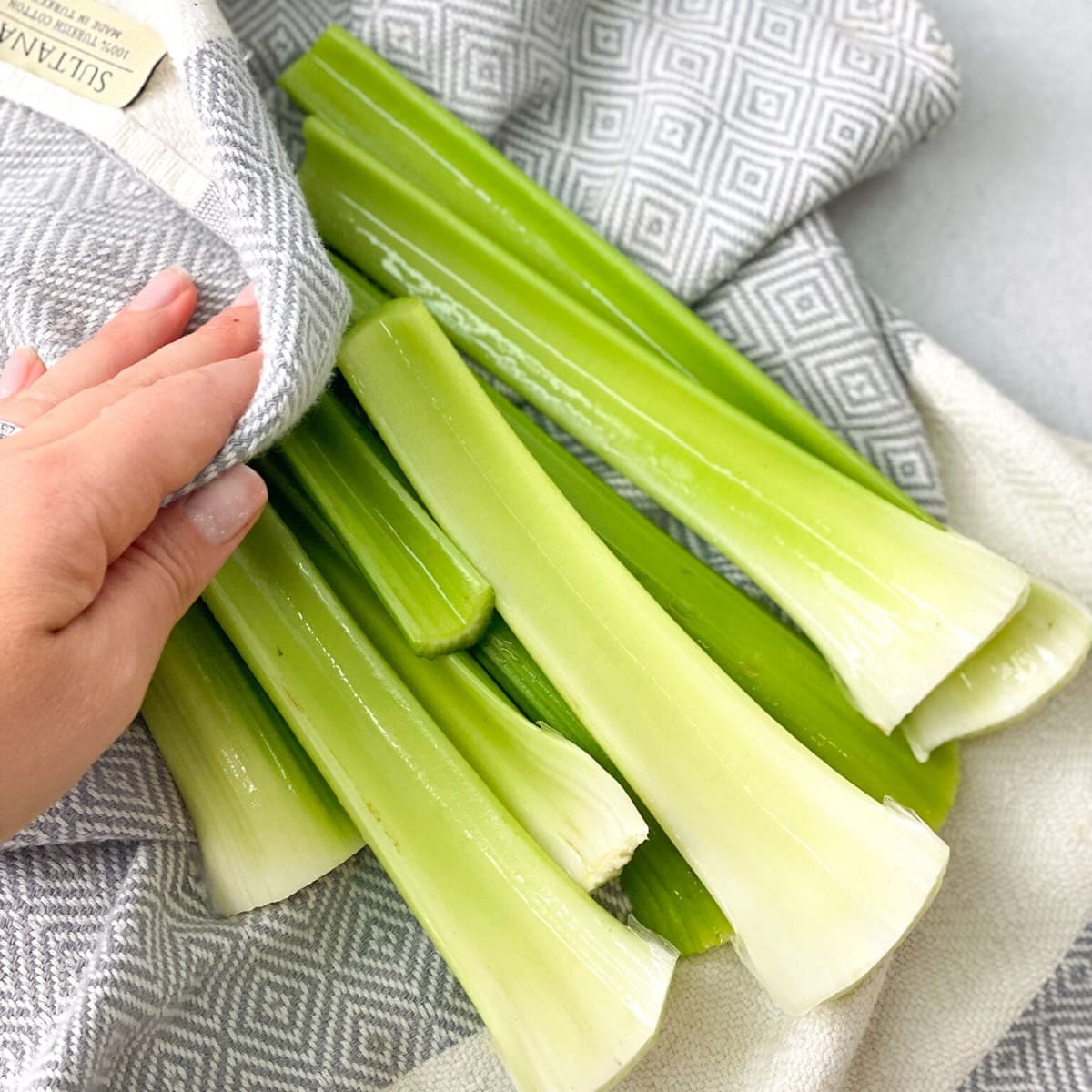
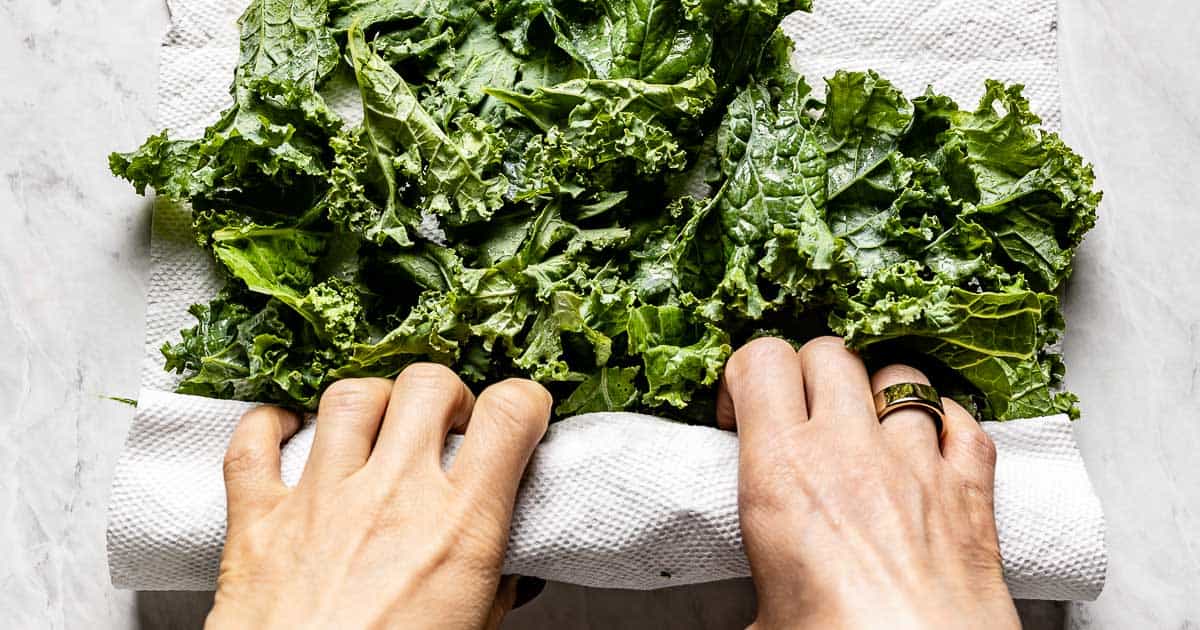
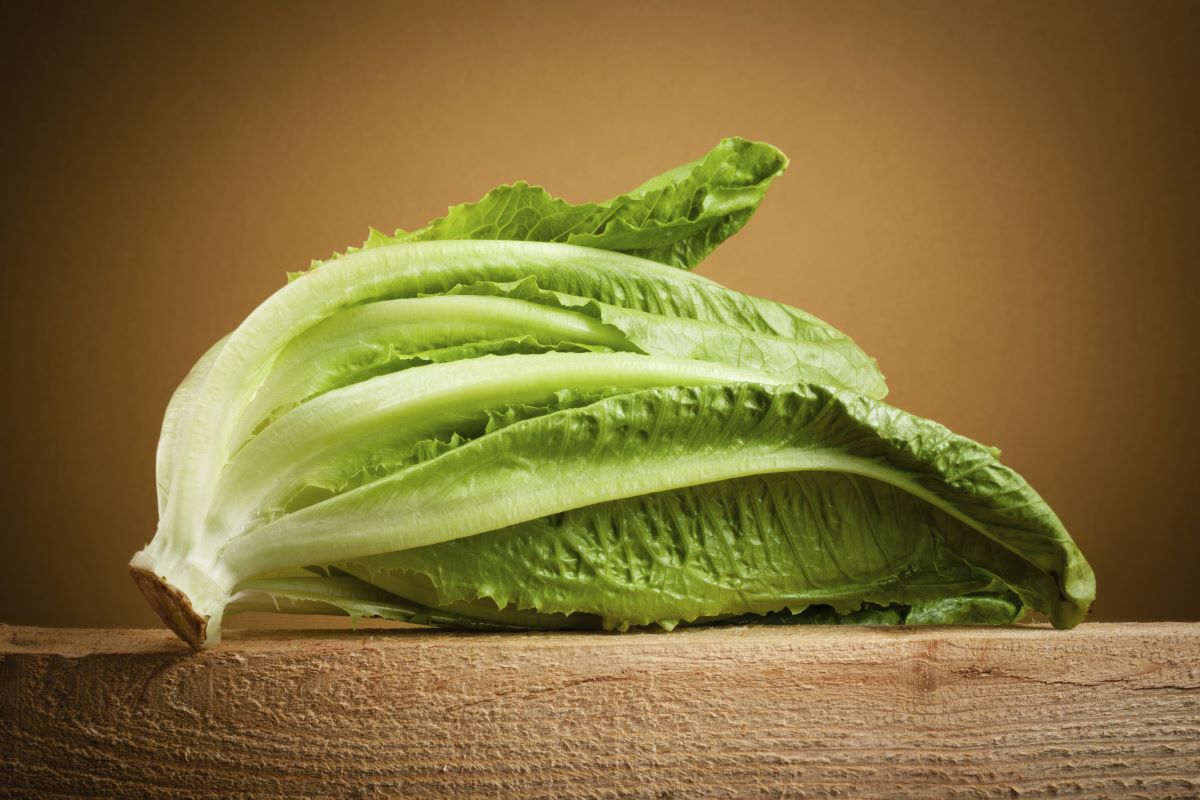
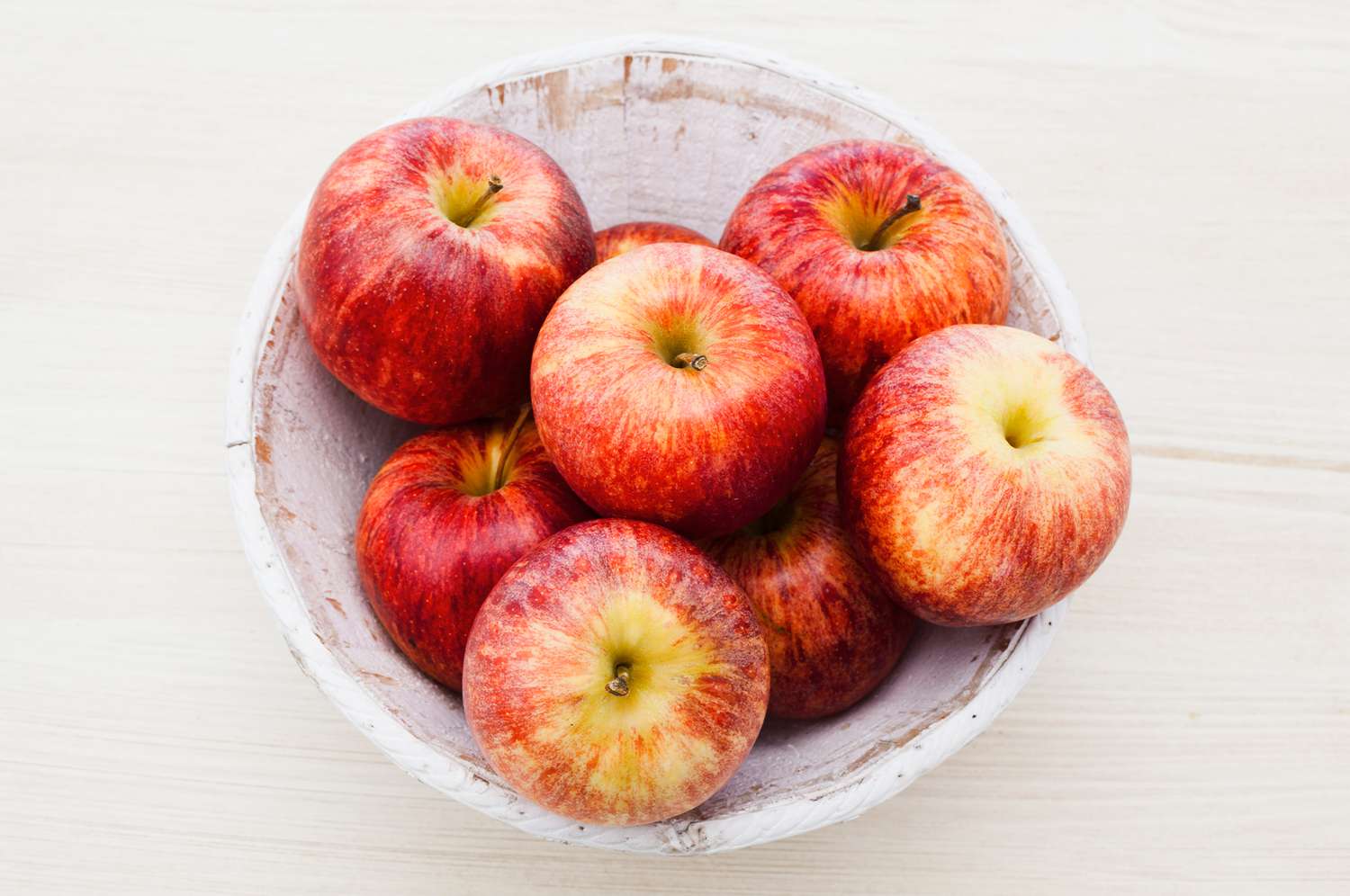
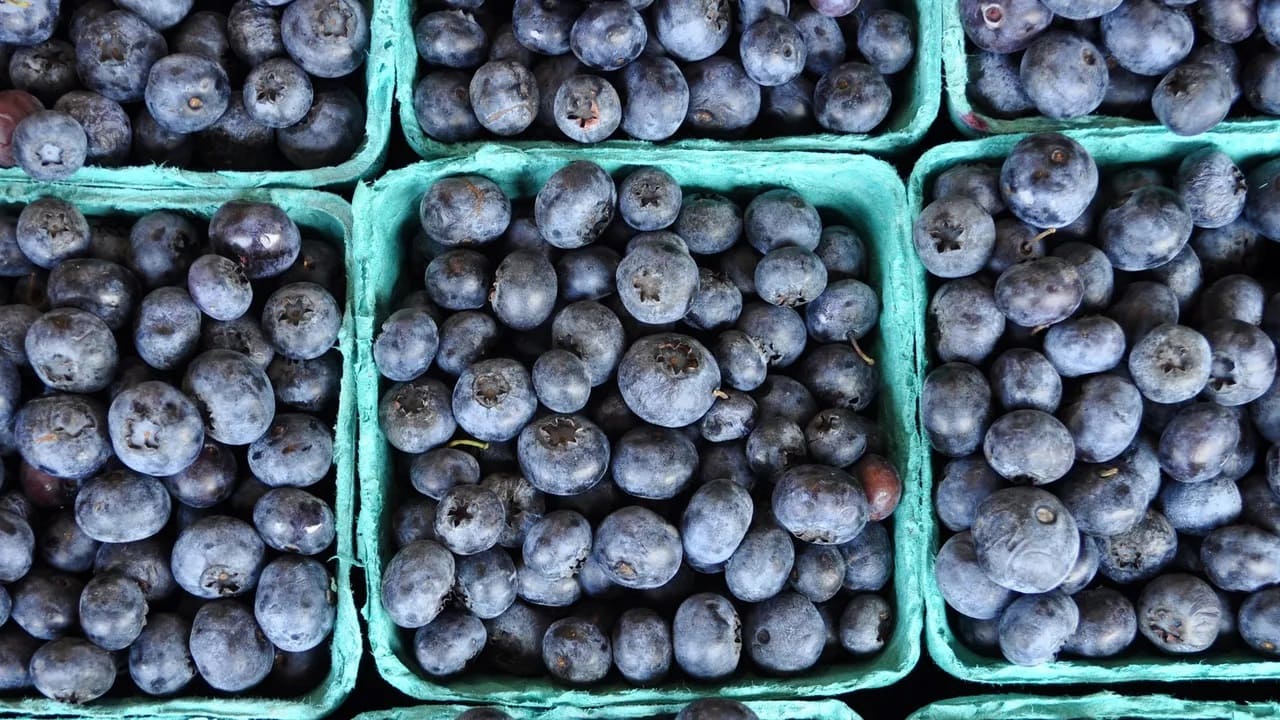
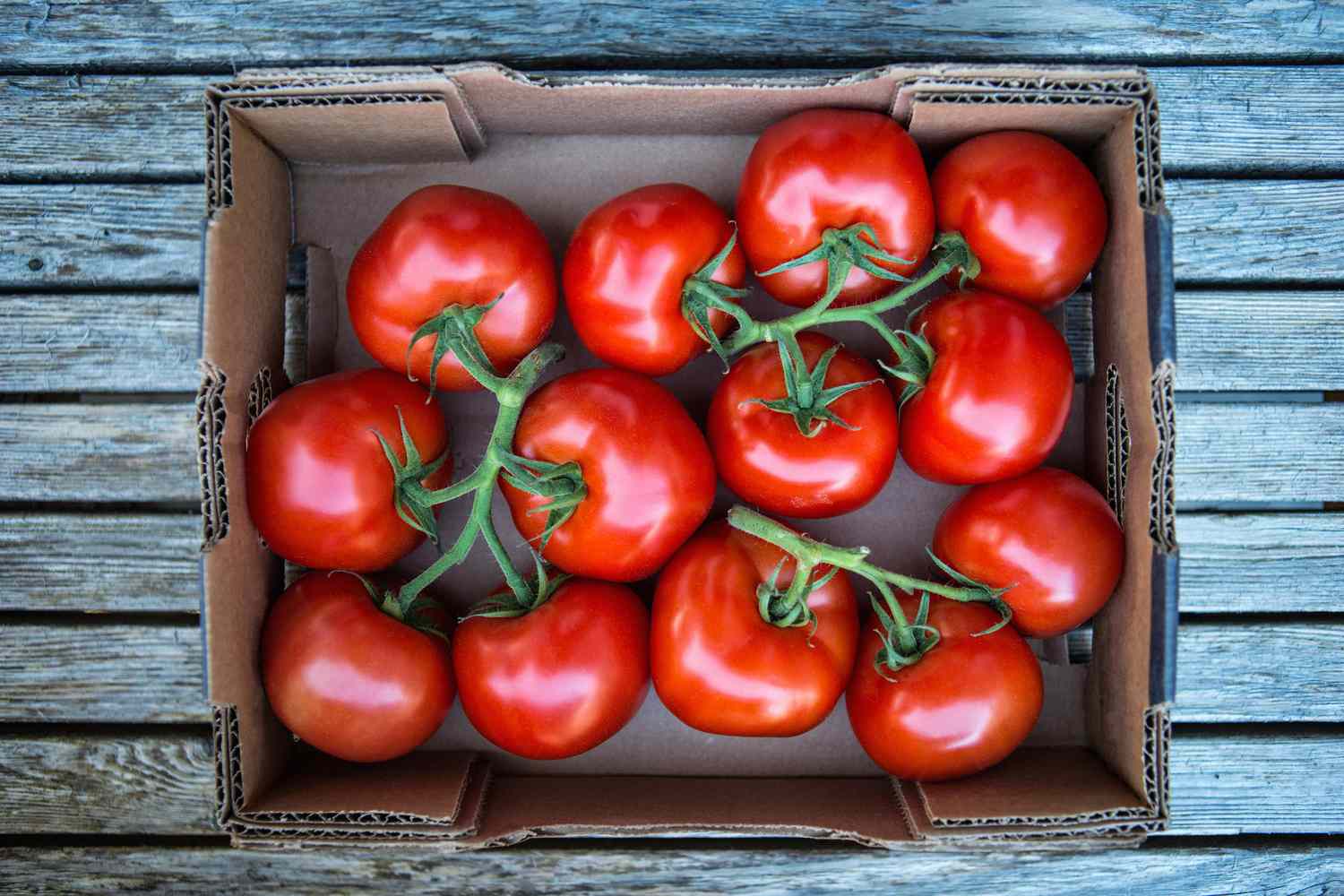
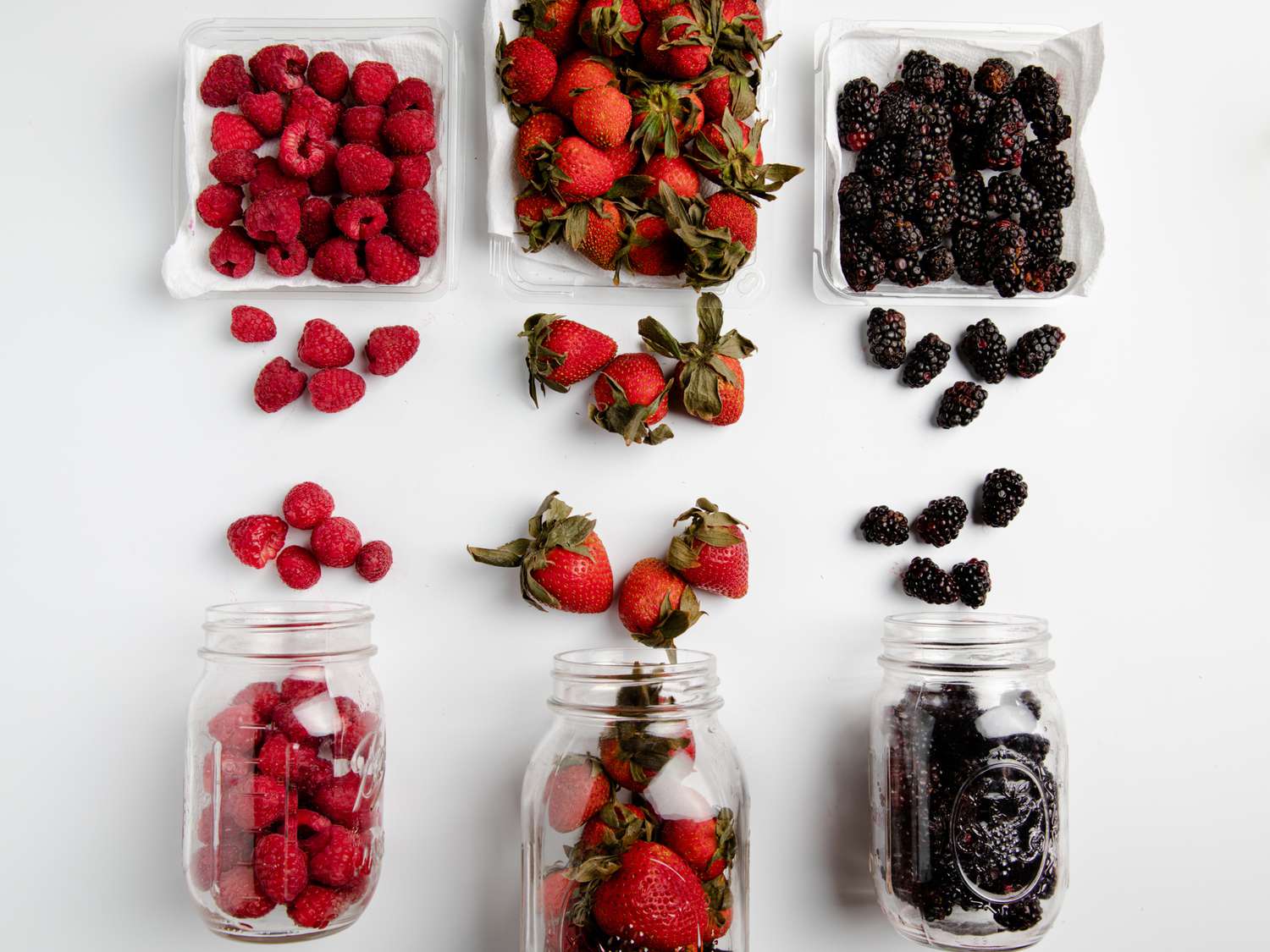

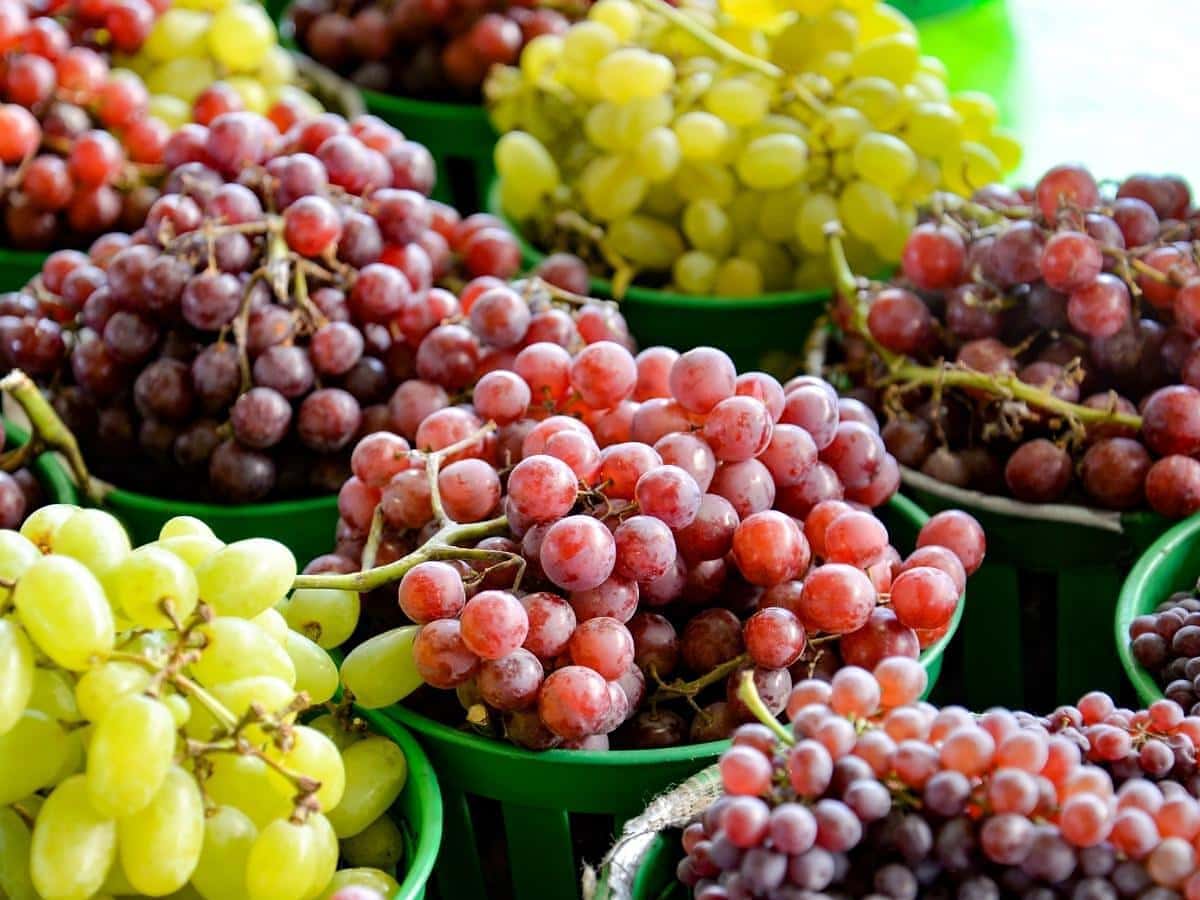
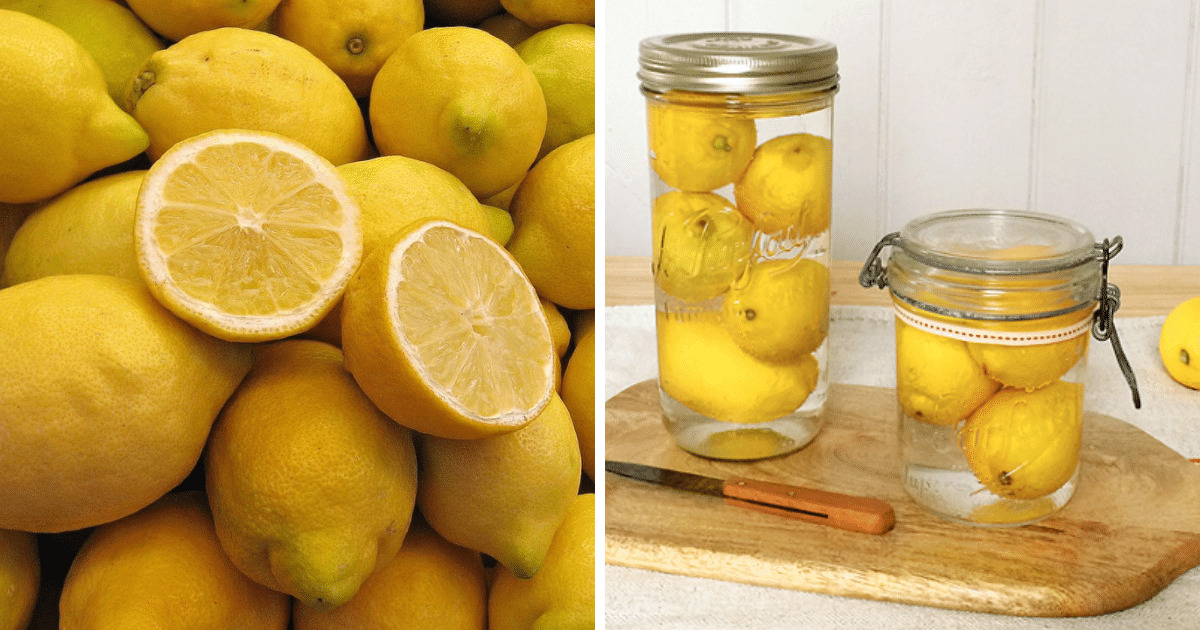
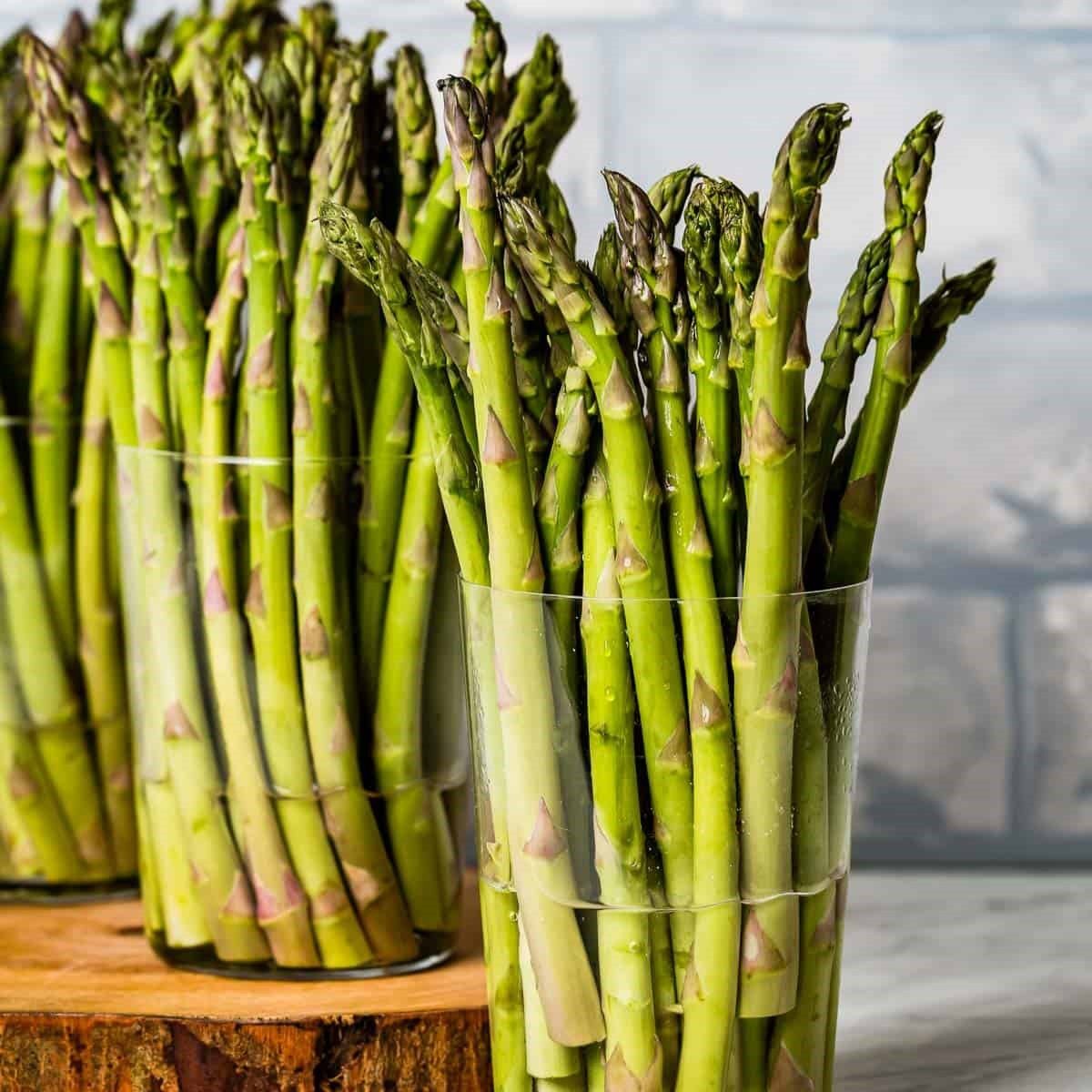
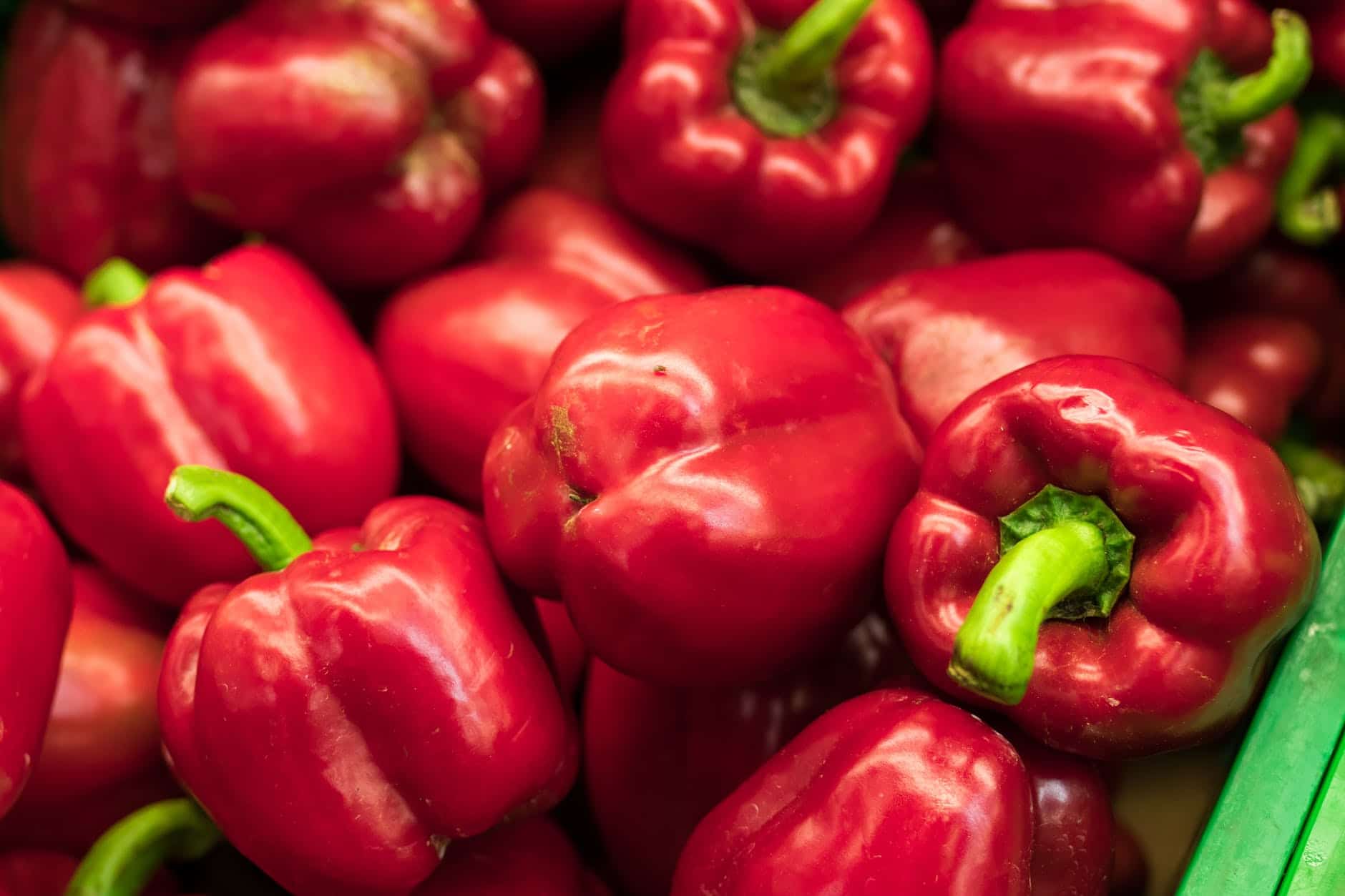
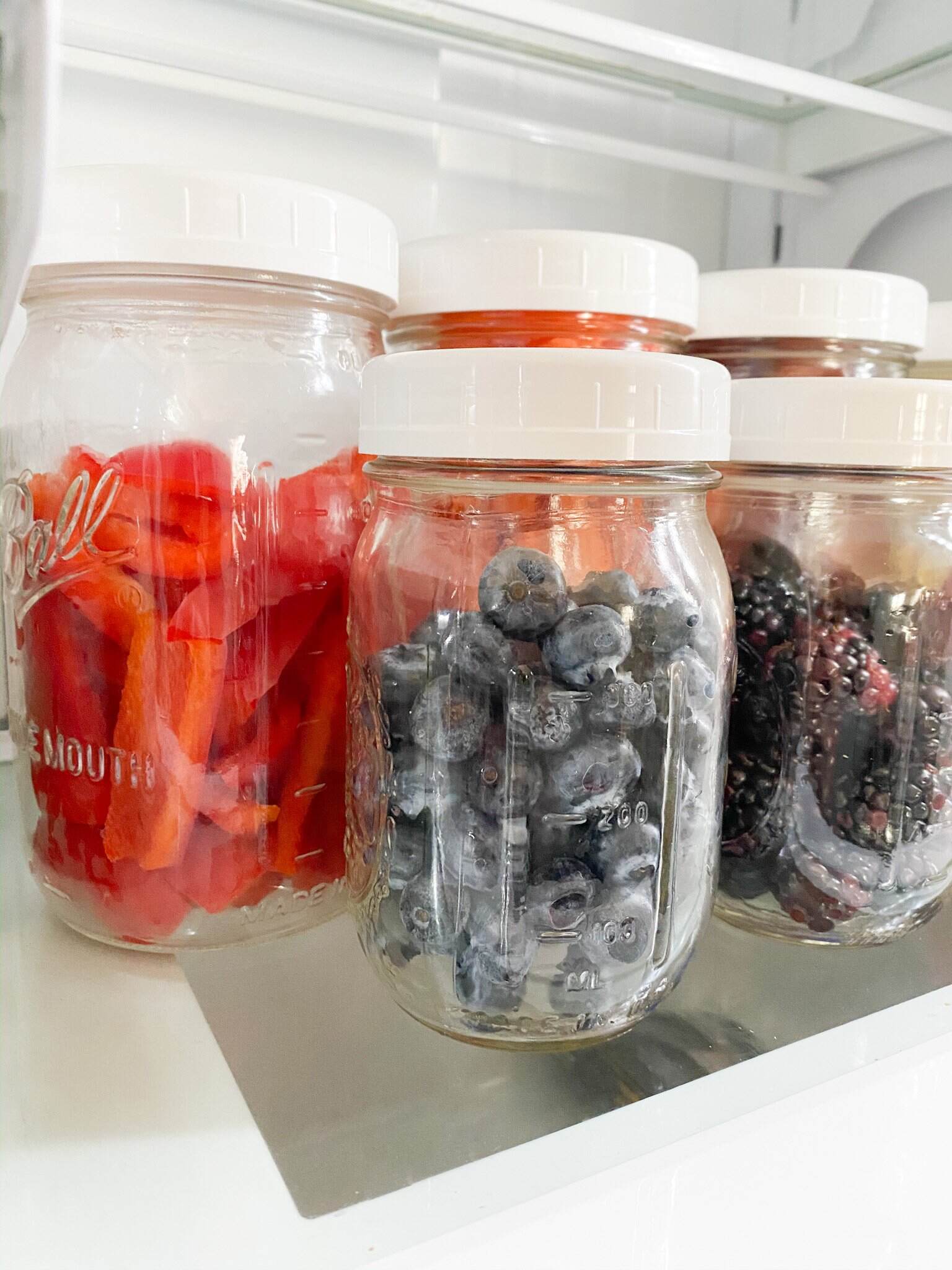

0 thoughts on “How To Store Avocados To Last Longer”